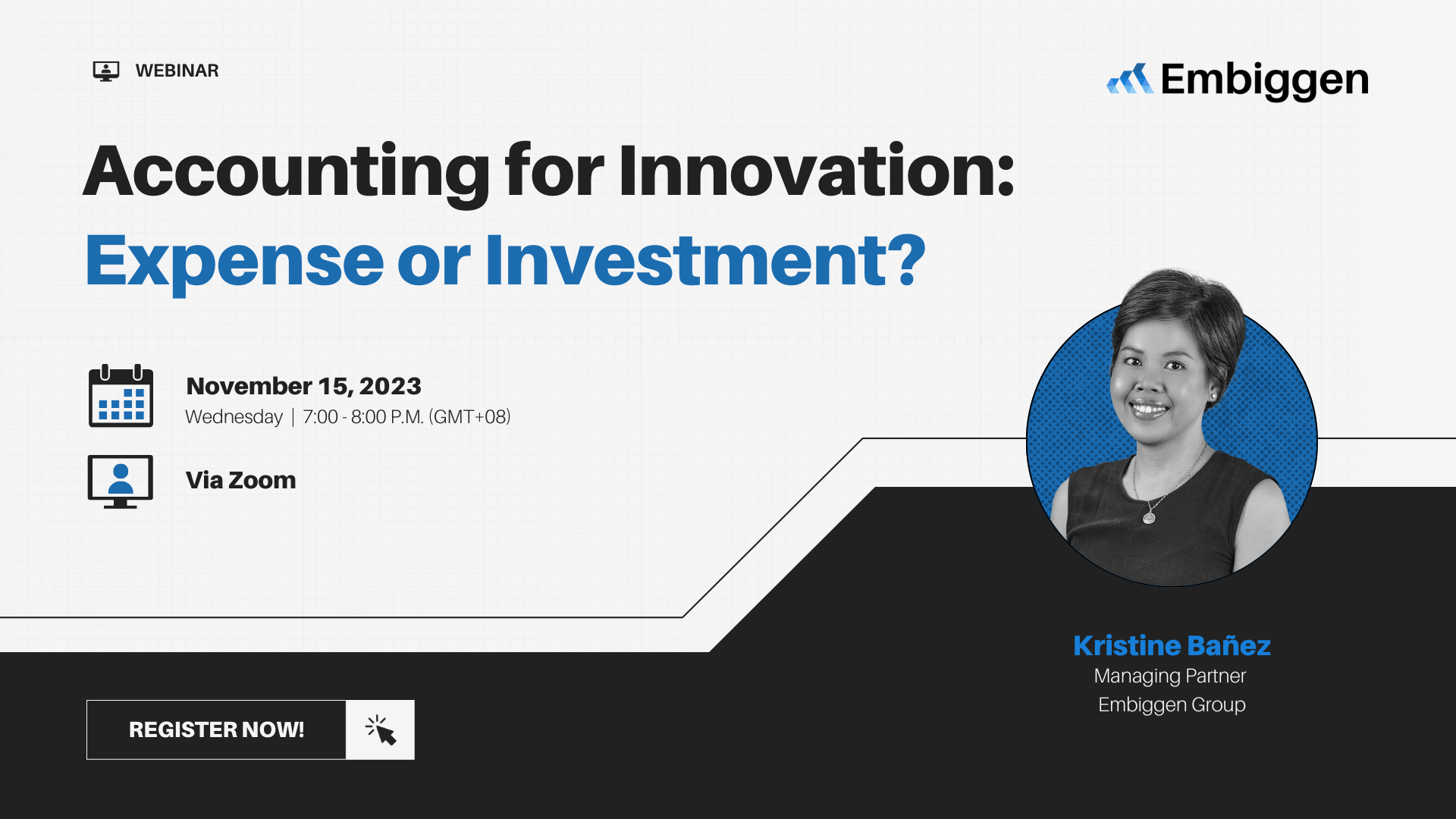When it comes to new tech and startups, Filipino innovations aren’t usually the first ones to come to mind. Usually, you’d think about famous American tech firms and startups like Apple, Google, Facebook, and Tesla.
But North America and Europe don’t have a monopoly on innovation. Southeast Asia has a rapidly growing startup ecosystem that has built various innovative solutions that address the problems that many people face in the region.
In the Philippines alone, many startups have developed solutions that eventually proved to be successful and beneficial for the communities that they serve. Here are 5 of them.
5 Filipino Innovations That Improve Lives
1. XalMeds: Low-Cost Medicine Subscriptions For Filipinos

For Filipinos taking maintenance medications, trips to pharmacies are frequent.
The lockdowns during the Covid-19 pandemic made these trips especially difficult due to the reduction of public transportation options. Furthermore, pharmacies may not be accessible for many patients with mobility challenges.
XalMeds is an online pharmacy that is making medicines more accessible and affordable for Filipinos. It allows patients to conveniently order medicines directly on its website from the comfort of their homes.
The Cebu-based company offers innovative and low-cost medicine subscriptions for as low as Php 99 or USD 2. XalMeds says that its low price point gives its customers up to 95% savings as compared to purchasing medicines elsewhere.
Its XhareMeds medicine sharing program further makes expensive medicines more accessible by using the company’s revenue to procure medicine for patients with financial challenges.
QBO Innovation Hub recognized Xalmeds as one of the top 100 Philippines startups in 2021. The company also participated in IdeaSpace’s prestigious 4-month startup accelerator program in the same year.
2. BackScoop: Keeping Track Of The Southeast Asian Startup Space

While the majority of media outlets focus on the developed startup ecosystems in North America and Europe, only a handful cover startup spaces in emerging markets like Southeast Asia.
BackScoop is breaking the mold by offering a free newsletter that covers Southeast Asian startups and tech.
Even though the newsletter is just a little over a year old in 2022, it is a glimpse of what the future of news may read and look like. Its entertaining and engaging writing style deviates from the bleak and serious tone used by typical news stories.
The newsletter’s Founder & CEO Amanda Cua wrote that barely any news sources were covering the rapidly growing Southeast Asian startup ecosystem. This is a striking information gap given that startups in the region raised over USD 25 billion in 2021. Analysts predict it to have a combined valuation of USD 1 trillion by 2025.
Cua created BackScoop to become the one authoritative source of the region’s latest startup and tech news. It frequently features interviews with Southeast Asian startup founders and covers the funding rounds of the region’s most innovative startups.
In a CNN Philippines interview, Cua shared that BackScoop has begun efforts to monetize the free newsletter by introducing ads in each edition.
3. Taxumo: Making Tax Filings Easy

Anything related to taxes is almost always bound to be stressful and overwhelming. In the Philippines, freelancers and business owners know the struggle of filling up tax forms and filing their taxes.
Luckily, there is now a convenient and innovative solution to this problem.
Taxumo is a one-stop shop online tax assistance platform that makes all things tax-related easier and less stressful for Filipinos. The online platform offers various innovative solutions for tax-related issues including business registration, tax filing, and tax payment.
One of its co-founders, EJ Arboleda, shared that the idea for the platform came about when his wife was stressed about filing monthly taxes for her startup. He created an offline platform that helped her compute and file her taxes.
Arboleda, along with his other co-founders, scaled the solution and launched it in 2016 as an online platform that Filipino freelancers and business owners can use to simplify and automate their tax filing.
It participated in the first cohort of the Innovation for Social Impact Partnership’s 6-month Social Impact Accelerator and won Best FinTech Startup, Best Business Automation Tool, and Best Newcomer at the ASEAN Rice Bowl Awards in 2018.
4. Investagrams: Keeping Track Of Philippine And World Markets In One App

Investing in stocks was once reserved for the wealthy. Today, this is no longer the case.
Many fintech innovations around the world help individuals invest their money in publicly traded corporations. One of them is Investagrams, a startup that makes investing in the stock market easier and more accessible for Filipinos.
Investagrams is an online investment analytics platform that allows investors to easily monitor stock data and company news all in one platform for free. Besides Philippine stocks, it also allows investors to monitor US stocks, cryptocurrencies, foreign exchange, and commodities.
The platform’s ‘Social’ function provides a space for investors to discuss their insights and build communities with fellow investors. The platform also has dedicated spaces for beginner and expert investors to continue learning through events, webinars, and online courses.
In 2020, the company reported that over 650,000 investors have used the platform since its inception in 2015.
5. GCash: Making Financial Services More Accessible To Filipinos

GCash needs no introduction for Filipinos. If you live in the Philippines, chances are you already have an account.
The fintech innovation is improving access to financial services in the Philippines, a country where over half the adult population does not have a bank account.
GCash is one of the most widely used online financial platforms in the Philippines and offers various financial services including insurance, banking, bill payment, and investments.
As one of the largest e-wallets in the Philippines, GCash has over 60 million users nationwide in 2022, equal to around 83% of the adult population in the country.
One upcoming feature will allow its users to invest in the Philippine stock market starting in 2023.
Its wide success in the country empowered the firm that built it, Mynt, to achieve a USD 2 billion valuation in 2021. Globe Telecom, the Ayala Corporation, and Ant Financial created Mynt – currently one of the few ‘double unicorns’ in Southeast Asia.
All these make GCash one of the most successful venture building case studies to come out of the Southeast Asian nation.
What Makes Something An Innovation?

After going through these 5 examples of Filipino-made innovations, you may be wondering: what makes something an innovation? And what makes something an invention? While many people use innovation and invention interchangeably, there is a fine distinction between an invention and an innovation.
Long story short, an invention is simply something new while an innovation is something new that an organization has commercialized and generates new value.
One great example is the invention of the world’s first bagless vacuum: the Dyson vacuum. James Dyson and his team were able to invent it after 15 years and 5,126 prototypes. But at this point, their bagless vacuum was merely an invention and not yet an innovation.
The Dyson vacuum truly became an innovation in 1991 after they sold their first vacuums in Japan for a few thousand dollars. They later scaled this innovation into a multi-billion dollar empire that creates multiple innovative consumer electronics products.
And if you notice, “something new” doesn’t have to be something entirely new. Thus, an innovation could be the latest iteration of an existing product – as in the case of the Dyson vacuum – or it could be an entirely new product.
Get the latest innovation news and exclusive event invites direct to your inbox. Subscribe to our newsletter!
Building More Filipino-Made Innovations

The Philippines’ startup ecosystem is booming, with many startups working to create new innovative products and services. Here at Embiggen, we are working with forward-thinking and innovative corporations to bring their ideas into reality.
Our corporate venture building (CVB) arm Embiggen Ventures partners with corporations to build new digital ventures to solve the world’s most challenging problems.
Corporations that build new ventures unlock new innovation-led growth as the newly-built venture acts as a new avenue for growth and revenue.
Learn more about corporate venture building (CVB) here.


